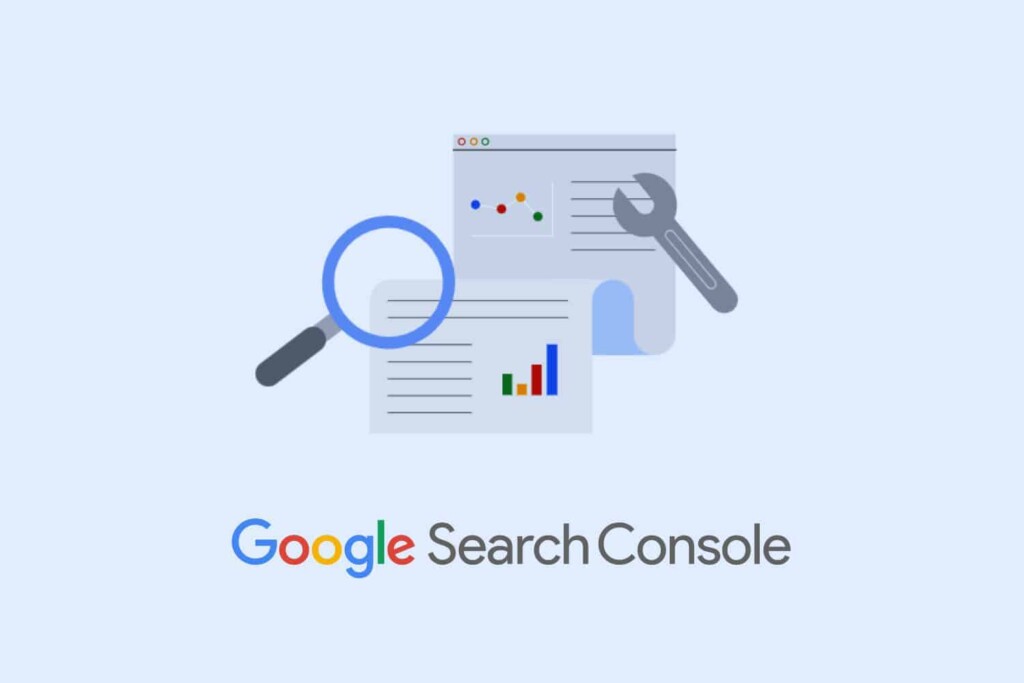Why is My Website not Ranking on Google
Not Ranking in Search Results? Resolve These 3 Technical SEO Issues.
For marketers, search engine optimization (SEO) holds the key to your every digital initiative. Your organization’s website can have an award-winning design with functionality that runs rings around your competitors. However, without proper SEO efforts, you might as well be running a beautiful storefront with your doors locked and the lights turned out.
Managing SEO efforts is especially frustrating when it appears you’ve done everything right but still aren’t ranking on results pages. All your headlines feature the right keywords for your prospective customers, but your website remains invisible to one, critically important visitor: Google.
Unfortunately, your content optimization efforts won’t make a difference if your site isn’t available to search engines. Just as SEO is a data-driven discipline, there are a number of technical details you must manage to generate results. By following this checklist, your content won’t just be more visible. It will be near the top of everyone’s list.

1. Use Google Search Console to Open Your Website for Business
When we talk about SEO, we’re effectively talking about Google. Bing and Yahoo are still active players along with privacy-protected search engines like DuckDuckGo and Qwant. But Google is responsible for more than 90% of internet searches worldwide. If you want customers to find your website, you better ensure Google can find it first.
Given Google’s market share, they set most of the rules that determine search rankings. From evaluating whether a website’s content is up-to-date to gauging its relevance, Google wants to ensure users find what they need. And the company is very good at making sure website owners play by the rules and provide a good user experience.
The first step toward ensuring Google can find your site to determine its ranking is to sign up. Google Search Console is a tool that allows search engine marketers to register their site with Google and keep their SEO efforts up-to-date.
Though Google Search Console is free, far too many organizations questioning their SEO performance haven’t signed up for an account. Offering insights about what brings users to your site, the Google Search Console is a powerful competitor to tools like Semrush. But its greatest strength lies with ensuring your content is visible to the search engine.
Register Your URL and Submit a Sitemap to Boost Results in Google Search
A Google Search Console account provides a critical shortcut to improving your performance on results pages. Once you’ve registered, you can submit a sitemap to make sure that Google’s search crawlers can effectively index the most important pages and files on your company’s site.
If your site uses WordPress or Drupal, you can use a plugin for either platform to create a sitemap automatically. But if not, your developers can build a sitemap in a Google-supported format, such as sitemap.xml.
Once you’ve submitted your sitemap through Search Console, you can use the tool to ensure Google is still crawling the latest version of your site. Unfortunately, the tool doesn’t start indexing immediately. But a few weeks after submission, your search rankings will be headed in the right direction.

2. Troubleshoot for Common SEO Issues
After ensuring that Google can properly index your site, you may still encounter issues that will impact your rankings. Some of these are simple oversights, while others are common tactics to try and game search rankings that Google now recognizes.
Check Your Robots.txt Files
Called crawler directives, these files tell search engines the parts of your site that are scannable and those that should be ignored. For example, on a WordPress or Drupal site, you don’t want your admin page to be scanned and indexed for search.
Your hosting provider or web agency will take care of these files automatically. But just in case, you should ensure the option “Do not index my site” hasn’t been checked on pages you want searchable.
Repair Improper Site Architecture
When you visualize how a website is organized, think of it as a hierarchy. You should have primary pages such as your home page at the top level followed by secondary- and tertiary-level pages underneath.
While that structure is ideal, your website may be poorly architected with a blog post serving as a home page. Or, a cornerstone piece of content like your products page may only be referenced from the home page. Google’s site crawlers use numbers of links to indicate how important your content is. Mistakes like these prevent important content from being searchable.
Eliminate Devious SEO Tactics
In the early days of the web, people could trick Google into high page rankings with devious tactics. Now, Google penalizes sites that use these shortcuts.
Repetitive use of keywords (“keyword-packing”) or automatically generated content that’s duplicated across multiple websites won’t rank highly with Google’s search algorithm. Similarly, any attempt to include “invisible” keywords or links that are the same color as your site’s background will also diminish your standing in search.

3. Use Every Opportunity to Tell Google About Your Organization
You have to be specific about who your organization is and what you offer to stand out in search results. If your organization offers a variety of “solutions” for its customers, you should title the pages outlining those details accordingly. However, given how often companies use “solutions” to describe what they do, it’s not the best choice as a site keyword.
- Label “alt text” Fields: You should describe every graphic on your site using the “alt text” field in HTML. Along with confirming to Google what your site is about, alt text tagging allows your content to be accessible to visitors using screen readers.
- Establish Canonical Links: Canonical links allow you to avoid cannibalizing your search ranking by Google seeing site pages as duplicates. For example, if your business uses encryption, one version of your site will have an http prefix and the other https. When your developers establish a canonical link, Google knows it should only refer to the secure (or https) version.
- Use Structured Data Where Possible: You can supply Google’s site crawlers with additional information to ensure accurate results. Identifying parts of your site that can be categorized as addresses, FAQs, articles, or other components streamlines the process of indexing your content.
Google’s standing as the top search engine means they have some control over how you set up your site. However, by following their guidelines, you can ensure customers will find your company when they search for what they need.
